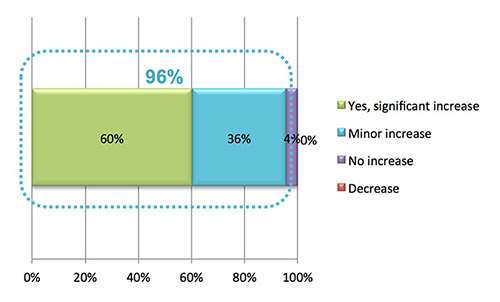UK-based "internet of things" startup EVRYTHNG, has raised a $24.8 million Series B round of funding that it hopes will help it give every physical product a digital identity.
EVRYTHNG works with clients such as Coca-Cola and packaging companies like Avery Dennison RBIS, Crown Holdings, and West Rock to connect consumer products to the web as soon as they are manufactured.
The company describes itself as a data management platform that allows businesses to have a more complete overview of their supply chain by assigning digital identities to products, allowing them to be tracked.
[...]
Niall Murphy, EVYRTHNG cofounder and CEO, told Business Insider: "We called the company 'EVRYTHNG' because we wanted to manage the digital identity of all the products in the world and that mission and vision is what we are after. To get there we have to build a relationship with product manufacturers and a tighter integration with the way products are built and sold so we can build at scale."
[...]
See more at: businessinsider.com
EVRYTHNG works with clients such as Coca-Cola and packaging companies like Avery Dennison RBIS, Crown Holdings, and West Rock to connect consumer products to the web as soon as they are manufactured.
The company describes itself as a data management platform that allows businesses to have a more complete overview of their supply chain by assigning digital identities to products, allowing them to be tracked.
[...]
Niall Murphy, EVYRTHNG cofounder and CEO, told Business Insider: "We called the company 'EVRYTHNG' because we wanted to manage the digital identity of all the products in the world and that mission and vision is what we are after. To get there we have to build a relationship with product manufacturers and a tighter integration with the way products are built and sold so we can build at scale."
[...]
See more at: businessinsider.com







